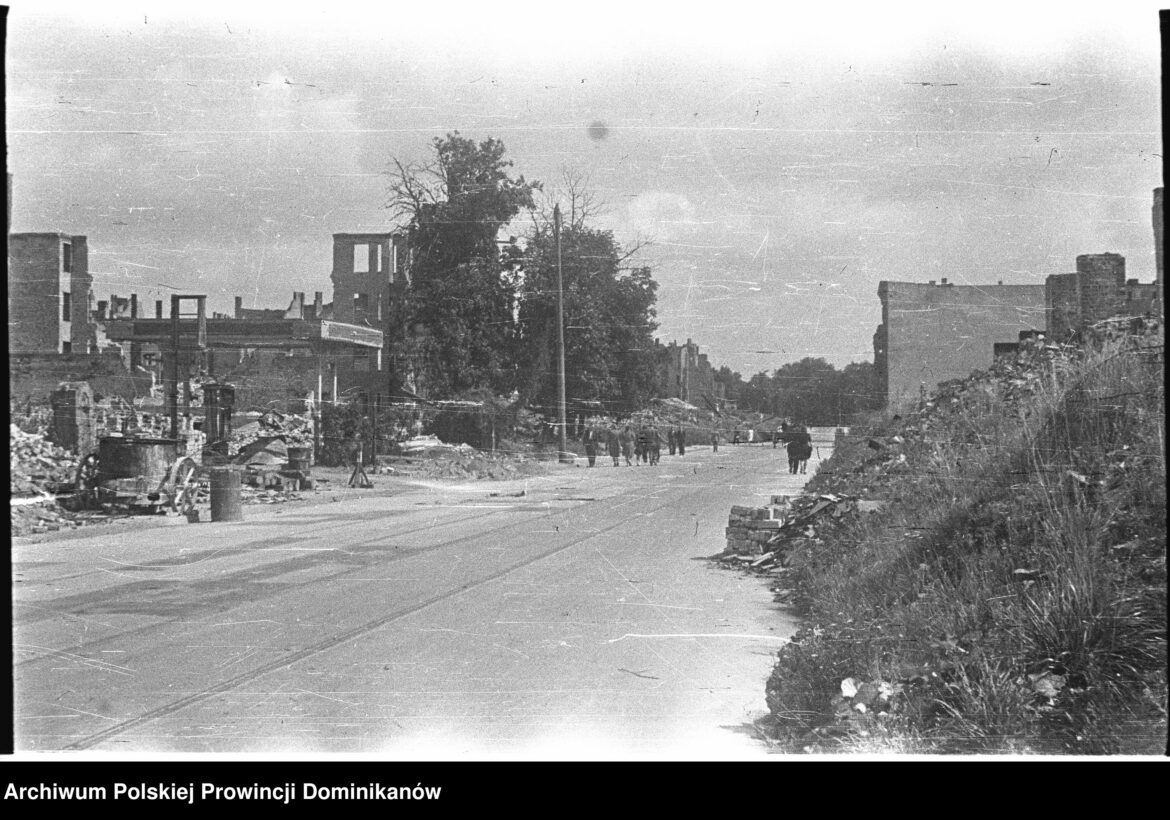The Solidarity Central Manufacturing Cooperative was established on the initiative of the Central Committee of Polish Jews just after the Second World War. Although it was under total Communist control, it fulfilled its purpose in the post-war period by providing jobs and living for Jewish Holocaust survivors. Solidarity’s political task was to bring the entire Jewish co-operative movement together under one head office in order to control it more effectively.
The traditions of the Jewish cooperative movement date back to the late 19th century, when the Vilnius Loan and Savings Society was founded (1898). The Second Republic of Poland developed cooperative initiatives, mainly oriented towards the provision of credit and loans. At that time, various types of craft and manufacturing co-operatives also appeared, sometimes established by Jewish political parties, as well as agricultural and commercial co-operatives and other stakeholders.
After the end of the Second World War, the cooperative movement was not free to develop, due to the inclinations of the communist power apparatus. It sought to monopolise it, creating the Solidarity Central of Manufacturing Cooperatives in February 1946. Despite the political restrictions, this creation fulfilled its purpose – the poorest Jewish Holocaust survivors found a source of employment and integrated with each other.
There were around 160 cooperatives within Solidarity. The head office was located in Warsaw, with field branches in Katowice and Szczecin. It dealt mainly with the production of clothing and leather goods, aiming to make the Jewish population more productive.
In December 1949, Solidarity and the Central Office of Workers’ Cooperatives merged. In their place, the Union of Labour Cooperatives began to operate. This meant the liquidation of Jewish autonomy at the cooperative level by the communist authorities.





